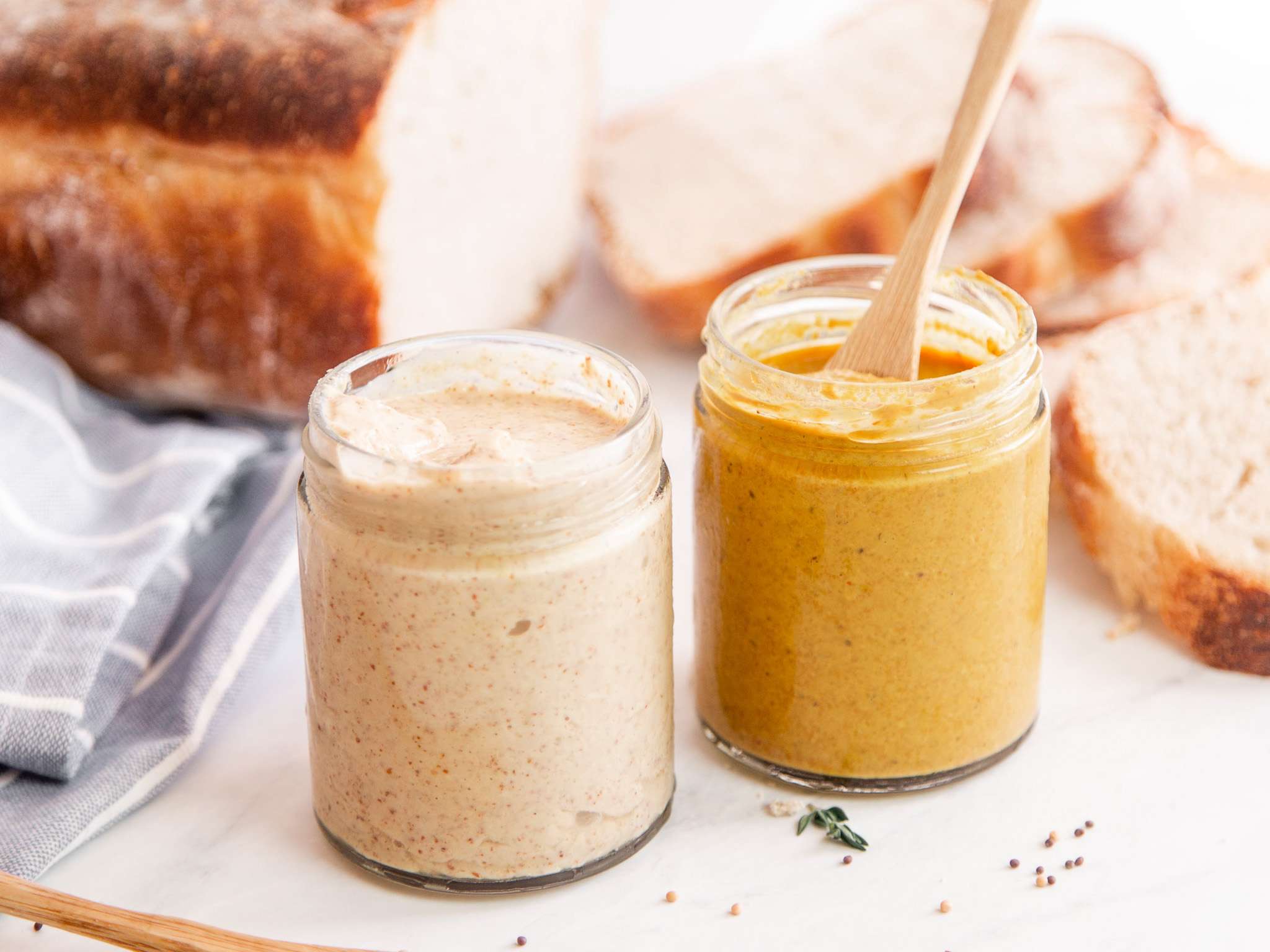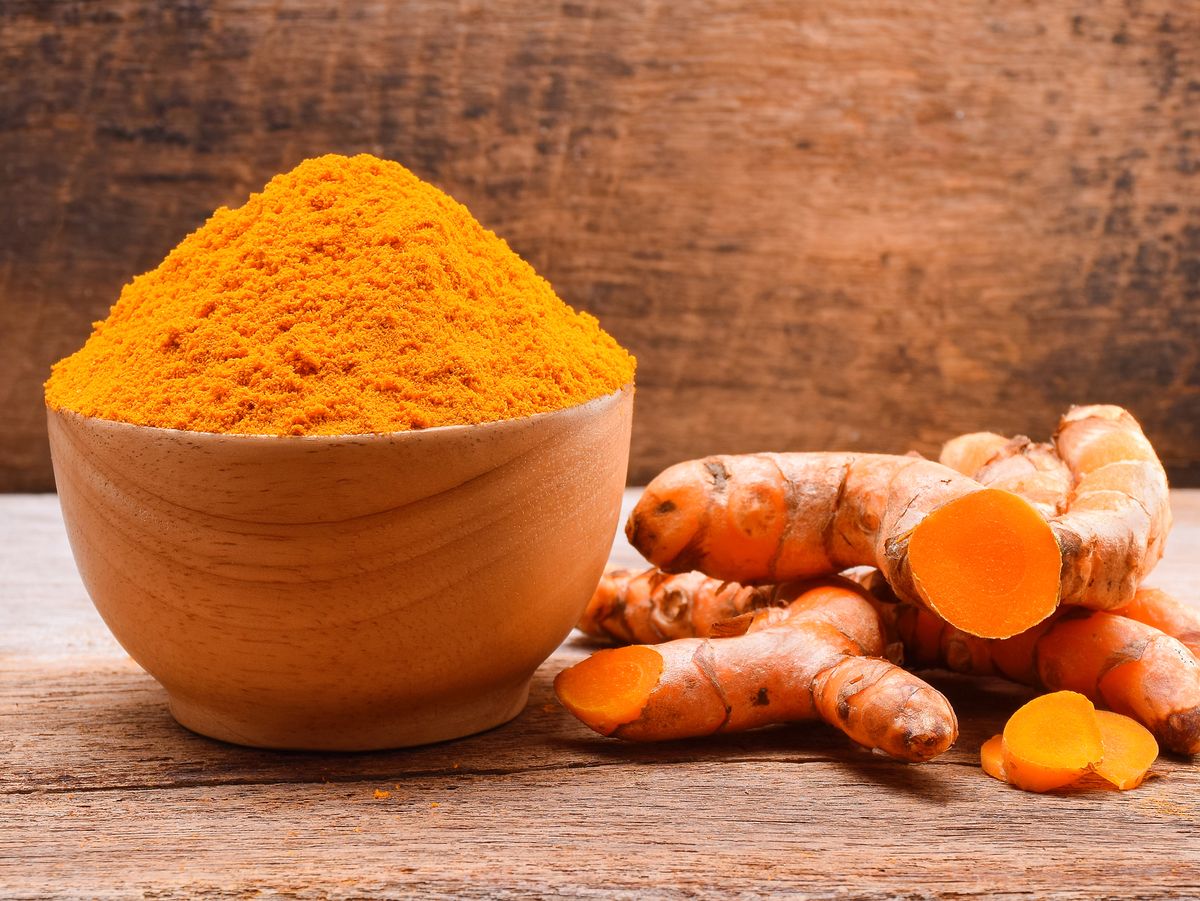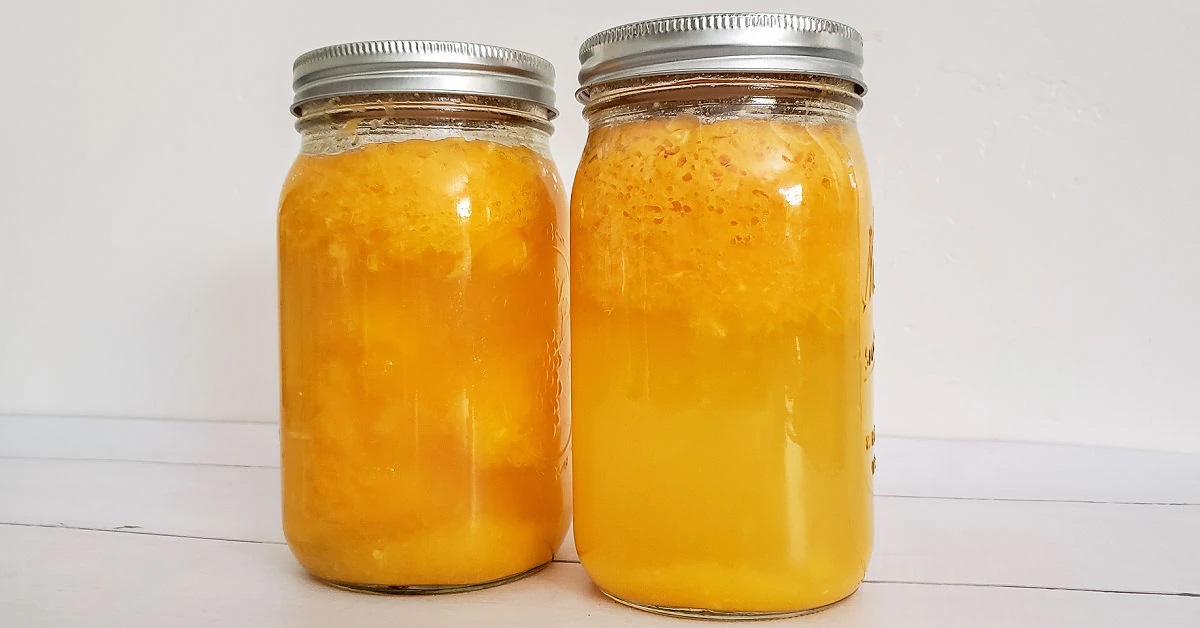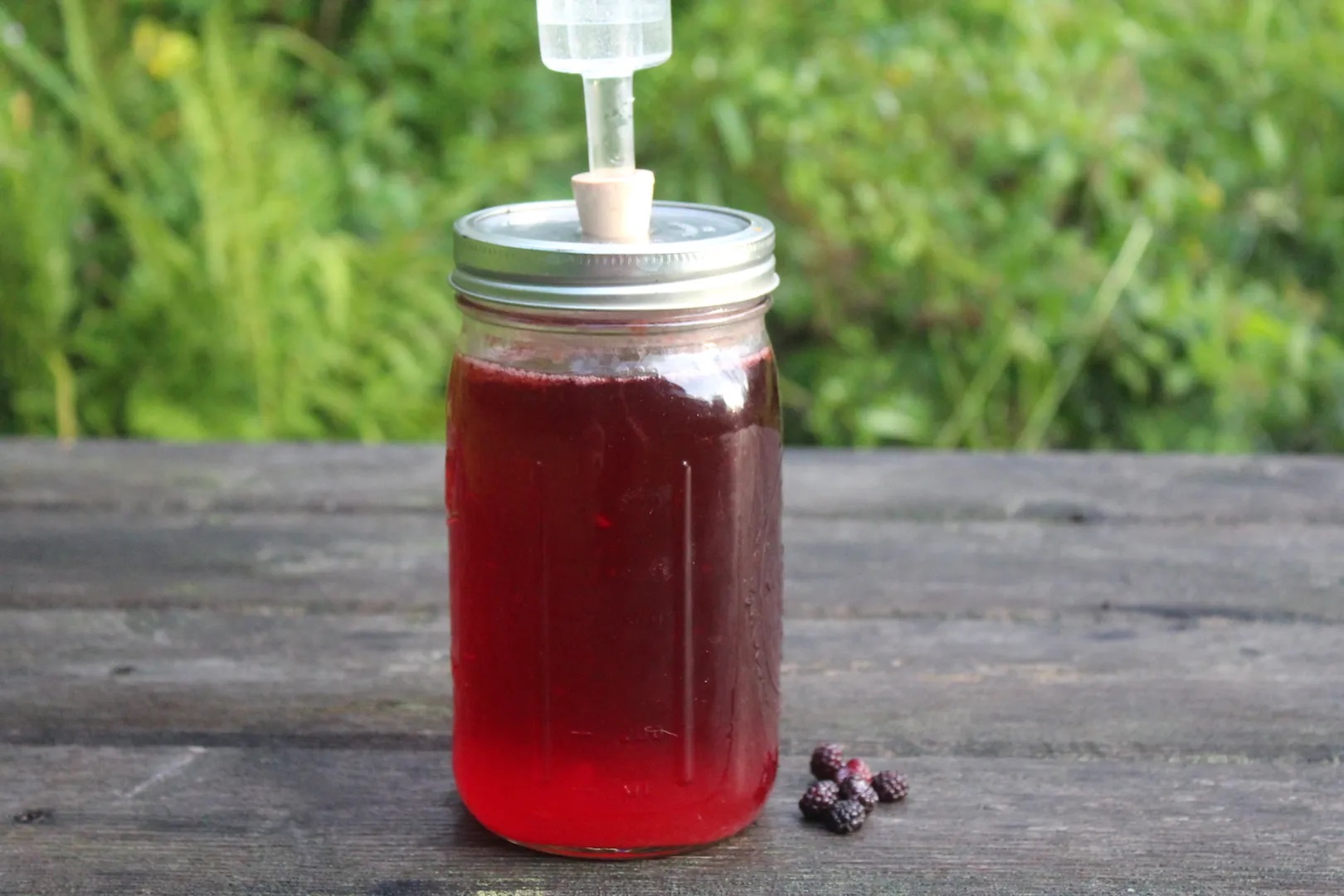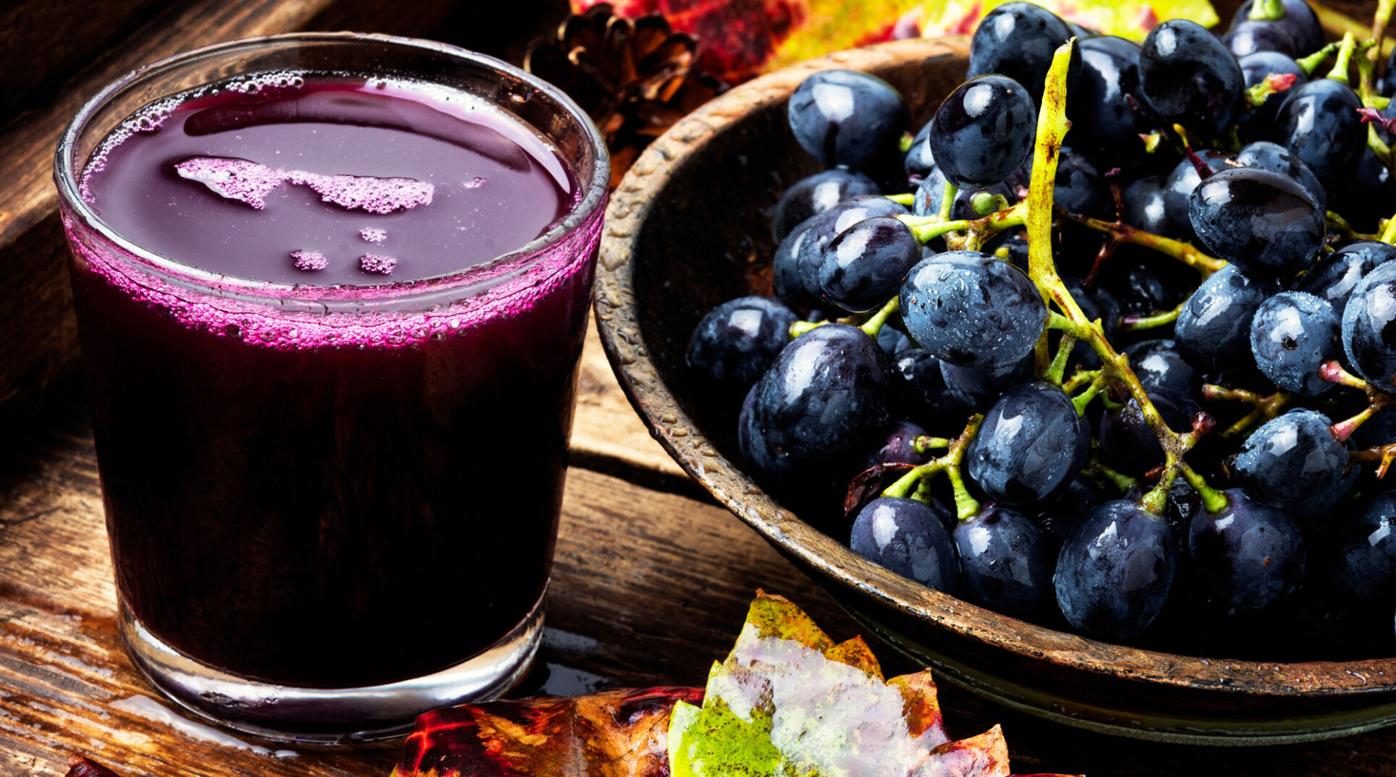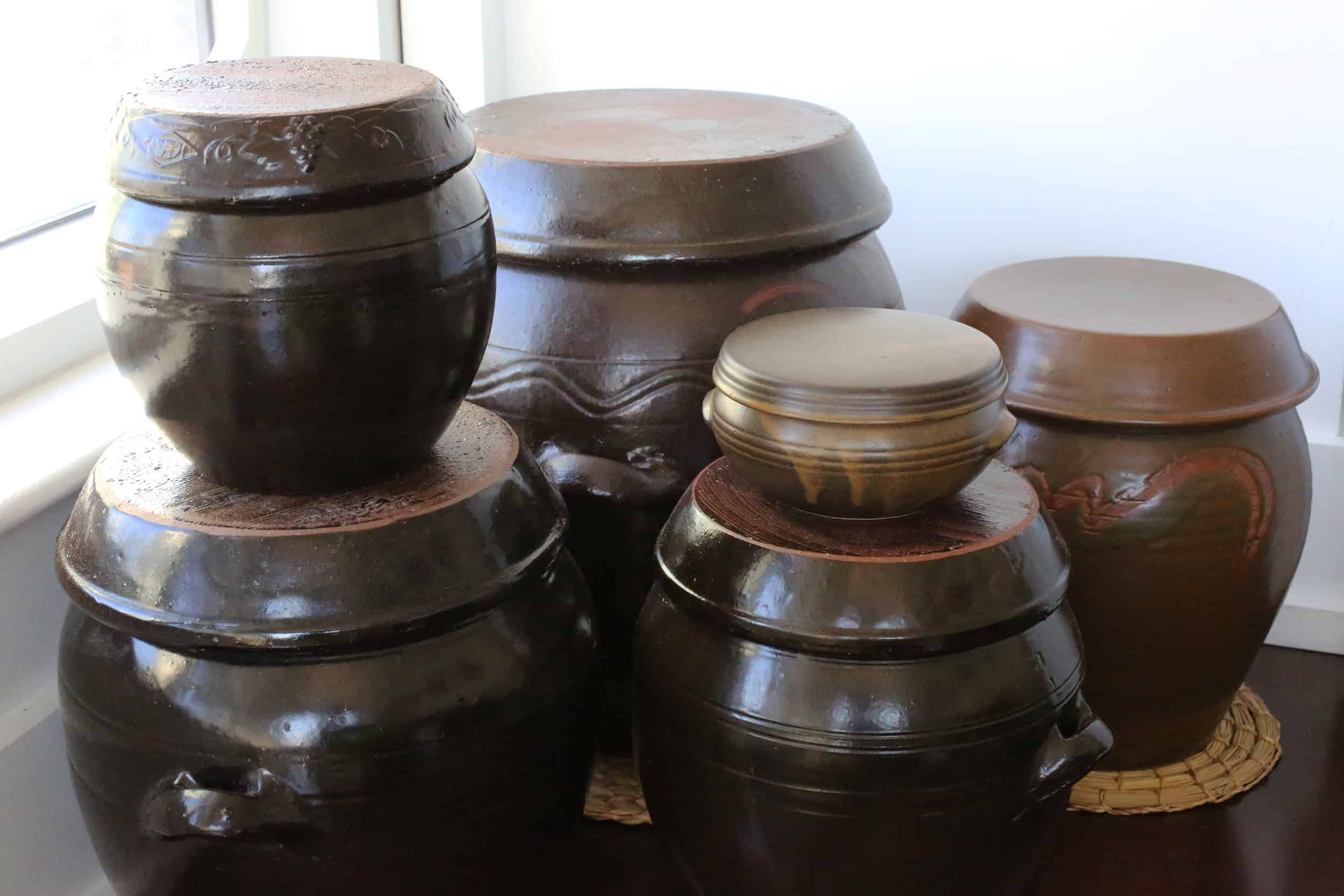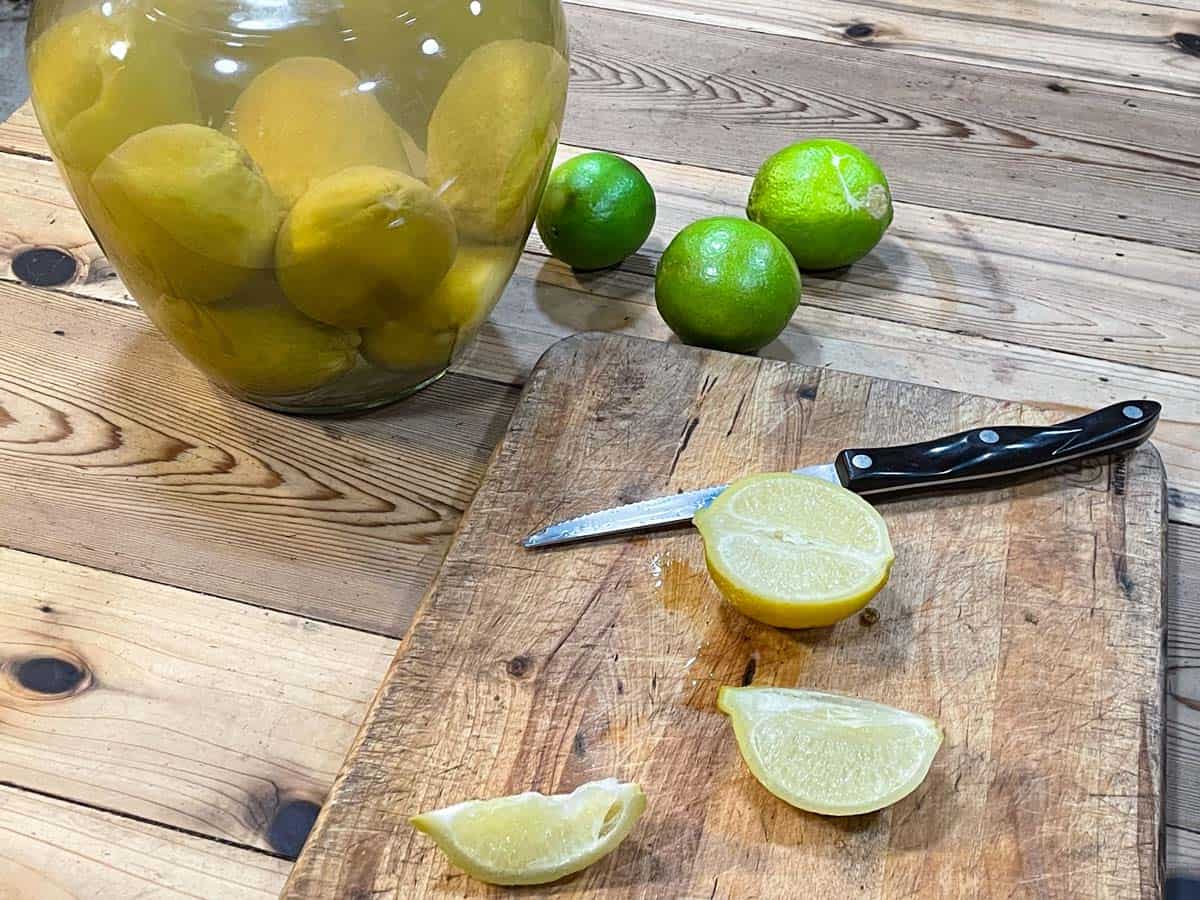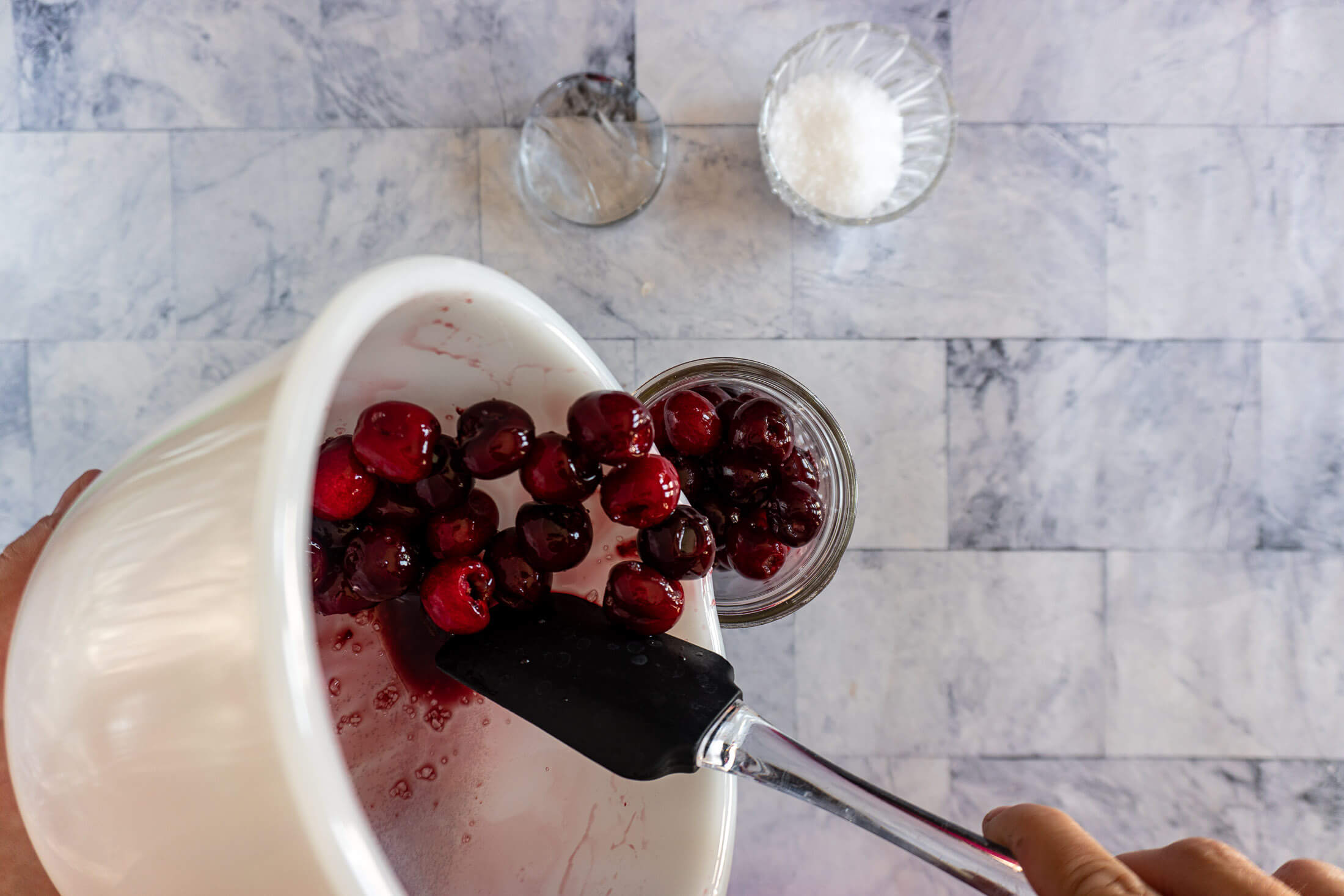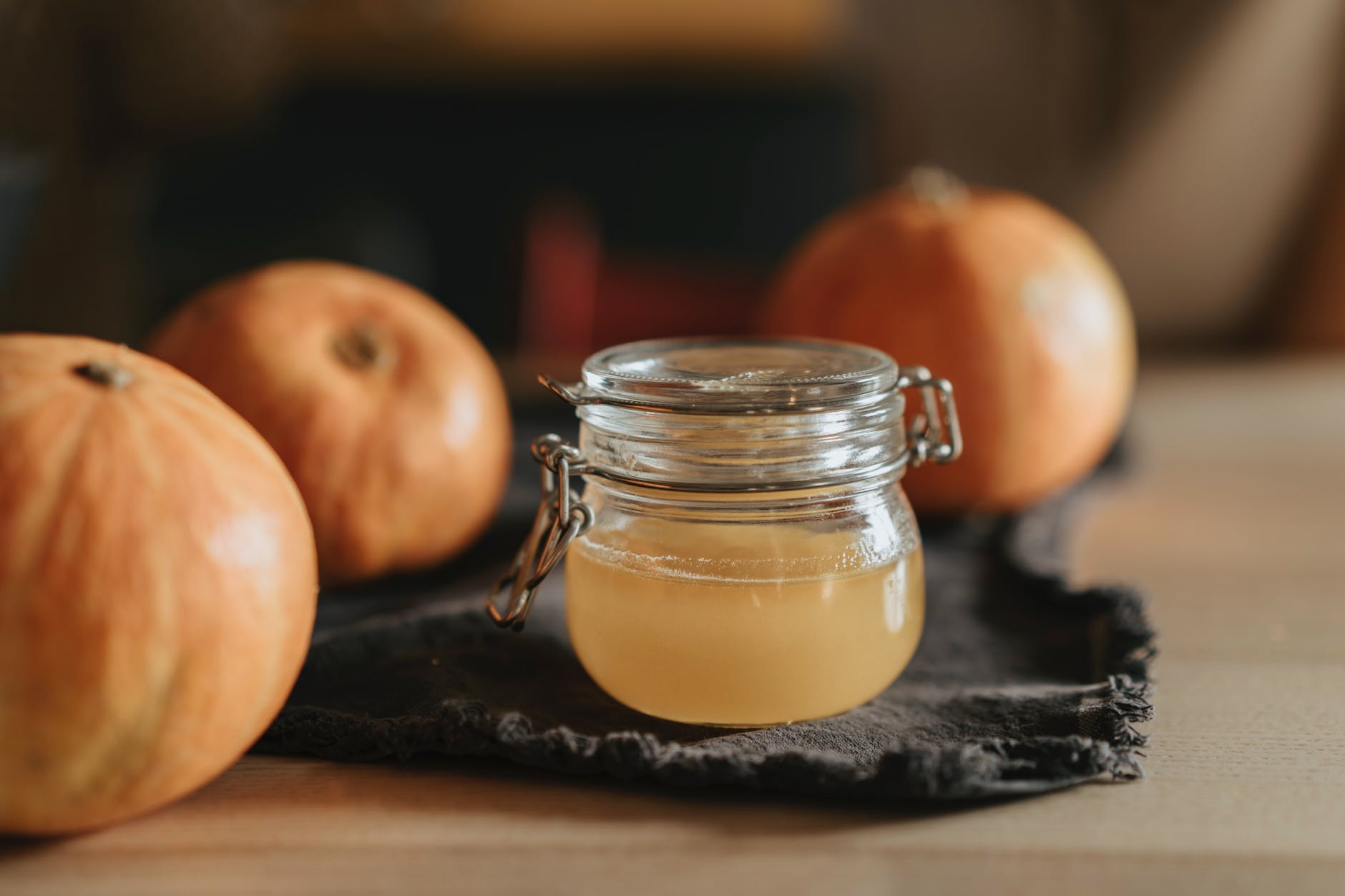Unlocking the Art of Fermenting Grapes for Delicious Wine
There’s something truly magical about the process of fermenting grapes to create a delicious bottle of wine. The transformation from humble fruit to a complex and flavorful beverage is a testament to the skill and expertise of winemakers. If you’re curious about the art of winemaking and want to try fermenting grapes at home, you’ve come to the right place. In this guide, we’ll explore the step-by-step process of fermenting grapes to produce your very own wine.
Choosing the Right Grapes
The first step in fermenting grapes for wine is selecting the right type of grapes. Wine grapes differ from table grapes in that they have a higher sugar content, which is essential for the fermentation process. Some popular wine grape varieties include Chardonnay, Cabernet Sauvignon, and Merlot. When choosing grapes for fermentation, look for ones that are ripe, free from mold or rot, and have a good balance of sweetness and acidity.
Crushing the Grapes
Once you’ve obtained your grapes, the next step is to crush them to release their juices. There are various methods for crushing grapes, ranging from using a traditional grape stomper to using a mechanical crusher. The goal is to break the grape skins and release the juice without crushing the seeds, as they can add bitterness to the wine. Crushing the grapes is an essential step that sets the stage for the fermentation process.
Initiating Fermentation
After the grapes have been crushed, the next step is to initiate fermentation. This is achieved by adding yeast to the grape juice. Yeast is a microorganism that consumes the sugars in the grape juice and produces alcohol and carbon dioxide as byproducts. There are different types of yeast available, each contributing to the flavor profile of the final wine. Once the yeast is added, the fermentation process begins, and the sugars in the grape juice are converted into alcohol over time.
Monitoring the Fermentation
As the fermentation process progresses, it’s essential to monitor the wine to ensure that everything is proceeding as it should. The temperature of the fermentation vessel, the density of the liquid, and the presence of any off-odors are all factors to consider. Monitoring the fermentation allows you to make adjustments as needed and ensures that the wine develops the desired characteristics.
Pressing the Wine
Once the fermentation is complete, it’s time to separate the liquid from the solid grape matter. This is done through a process known as pressing. Pressing the wine involves using a wine press to extract the liquid, leaving behind the skins, seeds, and other solids. The pressed liquid, now known as “young wine,” is then transferred to a clean vessel for further aging and clarification.
Aging and Bottling
After pressing, the wine is aged to allow its flavors to develop and mature. This can take place in stainless steel tanks, oak barrels, or other aging vessels. The length of time the wine is aged depends on the type of wine being produced and the winemaker’s desired flavor profile. Once the wine has reached its optimal flavor, it is then bottled and corked, ready to be enjoyed.
There you have it – a beginner’s guide to fermenting grapes for wine. While the process of making wine can be intricate and time-consuming, the end result is a truly rewarding experience. Whether you’re a budding winemaker or simply curious about the art of fermentation, trying your hand at making wine can be a fun and fulfilling endeavor. So, gather your grapes, roll up your sleeves, and get ready to embark on your winemaking journey!
More Delicious Ways to Use Your Homemade Wine
Having mastered the art of fermenting grapes for wine, why not channel this newfound skill into a variety of delicious recipes that incorporate wine? From savory delights to sweet treats, each recipe offers a unique way to enjoy the fruits of your labor. For a hearty meal, beef stew wine marinated is a must-try, infusing traditional stew with a depth of flavor that only wine can provide. Seafood lovers will revel in the garlic mussels white wine, where the wine's acidity complements the mussels' natural sweetness. For a decadent dessert, consider the poached pears red wine, a classic dish that highlights the subtle infusion of wine while maintaining the delicate texture of the pears. These recipes not only enhance your cooking repertoire but also allow you to savor the wine in new and exciting ways.
Was this page helpful?
Read Next: How To Ferment Without Yeast
